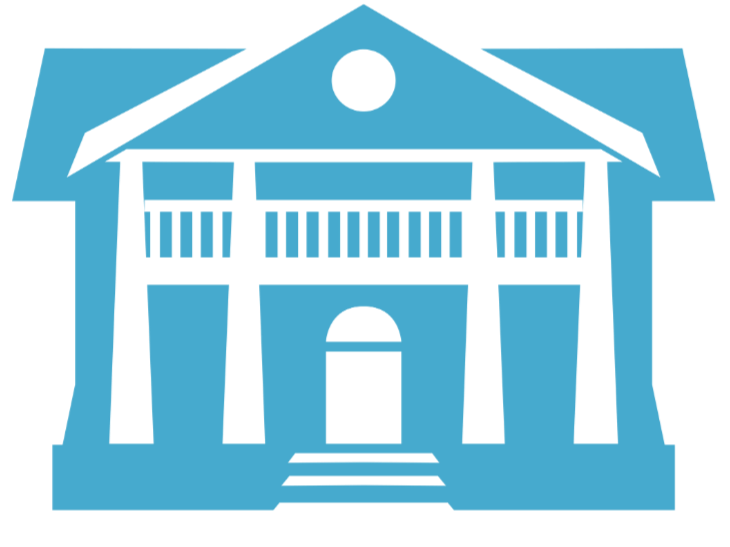MUSEUM BLOG

The History of Temporary Military Hospitals in Kingston
Kingston was especially hard-hit by these events compared to other towns. Even during a pandemic just over a hundred years ago, Kingston served the same role of regional health care centre as it did during the COVID pandemic. As the largest city between Ottawa and Toronto, Kingston’s healthcare facilities have always serviced a particularly large surrounding area. On top of this, Andrew Belyea, a previous Margaret Angus Research Fellow for the Museum, notes that Kingston was a military hub around the time of the First World War, with a very large number of soldiers stationed in or otherwise filtered through town (find his article here). This created a larger-than-expected need for hospital care when the war ended and soldiers began returning to Canada – a need that would be difficult to meet.

The Story of Dr. James Third and his x-ray innovations
He began working with x-rays in 1897, effectively picking up where John Cochrane, the first man to bring x-rays to Kingston, had left off. Dr. Third was responsible for the installation of x-rays in Kingston General Hospital, and he soon began discovering new ways they could be used for diagnosis, such as detecting pneumonia and tuberculosis, as well as using a fluorescent screen with the x-ray tube to observe real-time movement of the heart and lungs.

The Lived Experience of COVID-19 in Canada presentation recording available
Savannah Sewell (MARF 2021) presented the results of her project, in which she endeavored to create a holistic and human narrative focused account of the lived experience of COVID-19. Savannah spoke to the hurdles and highlights of her experience in amassing a foundational COVID-19 Collection for the Museum of Health Care, and offered examples of the artifacts and narratives collected.

The Story of Dr. Charles Kirk Clarke and the Rockwood Asylum
the psychiatric field, Clarke worked first as a clinical assistant at the Asylum for the Insane in Toronto, and then as assistant medical superintendent of the Hamilton Asylum. In 1882, he moved to Kingston and began work as assistant medical superintendent at Rockwood Asylum.

The Story of Dr. Lajjavati Man Mohan and her medals
Dr. Lajjavati Man Mohan, born February 24th, 1918, was Kingston’s first ever Indian-born doctor. Dr. Mohan was highly accomplished, having trained at Lady Hardinge Medical College in New Delhi and served at the military Indian General Hospital in Punee, as well as at Queen Mary's Hospital in Lucknow.

The Story of George Taylor Fulford I and his pink pills for pale people
Fulford and Co’s most famous remedy-- and the one which solidified the wealth and status of George Taylor Fulford-- was Dr. Williams’ Pink Pills for Pale People, the patent for which Fulford bought from Brockville doctor William Frederick Jackson in 1890. He advertised the pills very widely and cleverly, using patient testimonials in advertisements that look like little newspaper articles.

The Story of Bennie Stalk and his life-saving operation
William Benjamin Stalker, or Bennie, was only ten years old when he was accidentally shot by his twelve year old brother in September 1901. His arm was severely damaged, and within two days it became gangrenous. Bennie was later sent to Kingston General Hospital from his home near Plevna, Ontario-- an eleven hour trip.

The Story of Lydia Pinkham and her vegetable compound
Today, many remember Lydia Pinkham as a champion of women’s health and provider of important information to thousands of women. The formula of her Vegetable Compound changed over the years, and survives today in different, modern forms.

Highlights and Goodbyes
The collaborations on this project have surpassed any expectations that I could have possibly had, and the

The Story of John Williams the Oculist and his career in quackery
This was the advertisement in Kingston’s Chronicle and Gazette, which ran on October 20th, 1841, heralding the arrival of Mr. Williams. His visit to Kingston came near the end of his illustrious career in quackery, preceded by nearly forty years of travelling in Europe and the United States, treating patients and selling his so-called miracle cure for blindness.

